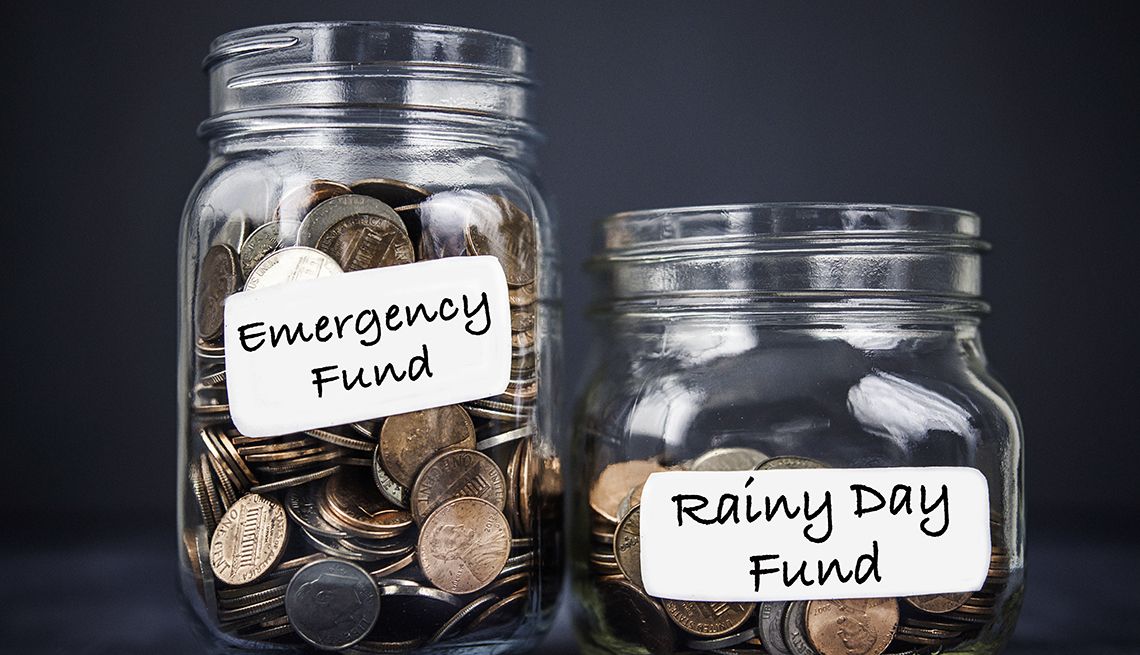
Many people think a savings account is an emergency fund — but they actually serve two very different financial purposes. Here’s how to tell them apart and why both are essential.
Emergency fund: Your financial safety net
This fund covers unexpected expenses like car repairs, medical bills, or job loss. It’s for needs, not wants. Ideally, it should cover 3–6 months of basic living expenses.
Savings: Planning for future goals
Savings is for planned expenses — a vacation, a new laptop, or a house deposit. You can use this money freely, because it’s earmarked for future wants or needs you can plan for.
Why you need both
Without an emergency fund, you might dip into savings (or go into debt) when life throws a curveball. And without savings, you might delay reaching your goals or rely on credit.
Where to keep them
-
Emergency fund: Keep it in a high-yield savings account for easy access
-
Savings: You can use the same type of account or separate ones for each goal
Think of your emergency fund as your financial armor, and your savings as your plan for growth. Both make your money stronger and more flexible.

